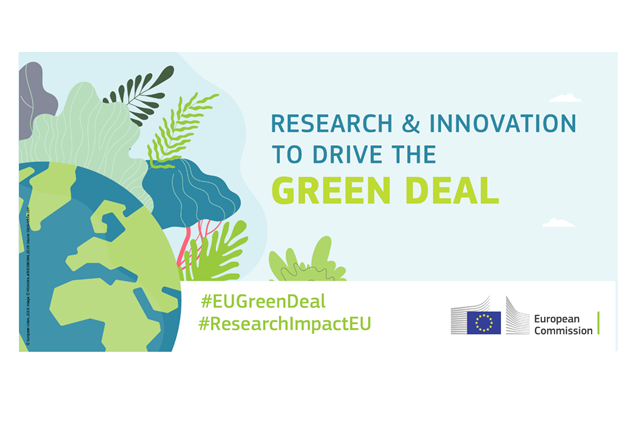
Specific Challenge:
Boosting circularity is part of the policy response to address systemic crisis such as climate change, pollution, waste generation, and biodiversity loss. Circular economy can play an important role in the EU’s recovery from the adverse socio-economic and environment impacts of the COVID-19 crisis, by providing systemic solutions for sustainable growth and economic recovery. As indicated in the European Green Deal Communication, with increasing global consumption and growing pressure on resources there is an urgent need to decouple economic growth from resource use and to ensure a swift transition to climate-neutral and circular solutions. Europe also needs to increase its resilience in the face of uncertainty in the supply of critical raw materials and to increase the security of its value chains such as for example the new Circular Economy Action Plan key product value chains: batteries and vehicles, electronics and ICT, packaging, plastics, textiles, construction and buildings, food, water and nutrients[1]. A circular economy which is sustainable, regenerative, inclusive and just can help our economies to function within the boundaries of our planet by restoring natural systems, reducing GHG emissions and minimising loss of natural capital and biodiversity. It can also connect environmental policies with social justice through just transition ensuring environmental sustainability, jobs and social inclusion. Where relevant, attention should also be paid to occupational health and safety aspects and potential challenges of the transition towards a circular economy.
It is essential that the transition to a sustainable, resource-efficient and circular economic model also delivers on social objectives and contributes to sustainable human development.
The circular economy concept should be a central component in local and regional economies, which have a suitable scale for closing resource loops, creating sustainable circular ecosystems and designing participatory community-based innovation schemes. An increasing number of cities, regions, industries and businesses are engaged in testing and improving circularity in their territories, economic sectors, value chains and services. Nevertheless, the concrete implementation of systemic solutions for the territorial deployment of the circular economy still needs to be demonstrated and replicated effectively in other areas. In particular, a major challenge is how to effectively apply the circular economy concept beyond traditional resource recovery in waste and water sectors. The EU added value can be obtained through the demonstration of territorial systemic circular solutions in one territory and their replication in other areas in Europe. This process of demonstration and replication of circular systemic solutions will multiply the local contribution to achieving the policy targets of the European Green Deal, the Circular Economy Action Plan[2], the Bioeconomy Strategy[3] and the European Industrial Strategy[4].
Follow this content for more information or to declare your interest in this call
Cross-cutting Priorities:Socio-economic science and humanities
LC-BAT
RRI
[1]https://ec.europa.eu/environment/circular-economy/pdf/new_circular_economy_action_plan.pdf
[2]https://ec.europa.eu/environment/circular-economy/
[3]https://ec.europa.eu/research/bioeconomy/index.cfm?pg=policy&lib=strategy
[4]https://ec.europa.eu/info/strategy/priorities-2019-2024/europe-fit-digital-age/european-industrial-strategy_en

